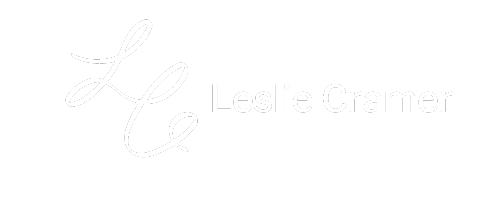How To Write An Email Your Customers Will Actually Read
If you’ve been told that you “need an email list” for your business, keep reading.
As business owners, the ads that target us tell us all sorts of things!
You need an email list!
For email lists, you need an evergreen webinar!
No! Wait! You need a social media manager!
Hurry! Get a copywriter! (well…you do need this one ;) )
Here’s the thing about an email list though:
It doesn’t matter if you don’t know how to write an email that people will actually read.
So I’m going to give you one of my formulas for writing a great email!
Content of an email
A concept that you have to embrace is that you can write an email about anything. As long as it ties into your business, you can talk about it.
I once wrote an email about cleaning the lint filter from my dryer.
No matter how many times I dry my towels, there is always lint. And that ties into self-development. No matter how much healing you do or self-awareness you come to, there is always more to uncover. Every time you go back into the heat and tumbling of self-discovery, you come out having shed a little more lint.
Is it a good analogy? No. Haha!
But it’s memorable. And every time you scrape the lint from your filter, you’ll probably think about it. And all of the sudden, I’m top of mind for you almost every day because I attached my story to something you do regularly.
Parts of an email
Second, you have to know about the parts of an email. You probably know that there is a subject line, a greeting, the body of the email, and a signature. But you’re missing some things. And they are the things that actually engage the reader.
Here are the parts of the email according to me and other copywriters:
Subject Line
Preview Text (if using an email campaign manager)
Lead
Body
Transition
Call-To-Action
Signature
P.S.
Even though there are more parts, that doesn’t mean that your email has to be longer. It just means that you have to be more strategic about what you say and where you say it.
Subject and Preview Text
The subject line and preview text are where someone decides if they are going to even open your email.
The goal is to intrigue your audience to keep reading. You want the reader to respond with: “Tell me more.”
You can do this a variety of ways, but think about the emotions that would make someone want to read more. Curiosity, Shock, Life Hack, Pleasure Seeking, Pain Avoidance. These are all emotions a reader may experience and want to click “open”.
Lead
Your emails should be short. Don’t waste time with long-winded greetings. Instead, focus on maintaining the emotional response.
A lead might look like this:
“If you (problem), then this email might just change your life.”
“Have you ever (had this problem)?”
Another kind of lead involves beginning the middle of the story.
“And now, every time I dry clothes, I think about how much I’ve healed”
Again, the goal is for the reader to respond with: “Tell me more.”
Body
This is where you share what you want your audience to know.
Educate about your product. Create a connection. Give a teaser to show them why they need your service. Position yourself as a subject matter expert.
The body of your email can be 2 sentences or 10 sentences. But your email is not a blog post.
The shorter, the better. 100-300 words is the goal.
And then, we transition.
Transition and Call-To-Action
This is one sentence. The goal is to tie the body of your email to your Call-To-Action (CTA).
Here are some transitions that I use a lot:
Here’s what that means for you
If this sounds like you, then ___
What if ___________
And that’s why _________
The transition is important because it softens your sell. Instead of feeling blunt, your pitch for engagement is suddenly natural. The “yes” for your audience gets a little easier.
Your CTA is just the next step you want the reader to take. And it doesn’t have to be buying something.
It can be:
Replying to the email
Scheduling a call/session
Checking out your portfolio
Filling out a feedback form
Watching a video
But you have to tell them explicitly and confidently what to do next. Otherwise, they will 100% do nothing.
Don’t hedge with polite words.
“If you have time, it would be really great if you could let me know when you want to meet”
Versus
“I’m available at 9:30am next Tuesday. Does that work for you?”
Or
“Send me 2 days/times that work for you next week and I will make one of them work.”
Trying to be polite or considerate (this happens more with female writers) will make it easier to ignore you completely and move on to the next thing.
Signature and P.S.
Your signature is your signature. Some people just have their name. Some people have a whole logo, company info thing. It honestly doesn’t matter all that much, in my opinion.
I would rather you put your phone number in your CTA if your goal is for them to call you. So that they don’t have to go looking for it.
But the P.S. can be especially helpful if done correctly and not overdone.
The P.S. is where you create urgency and scarcity. Or overcome a common objection.
P.S. I only have 3 spots open for the next quarter, so if you want in, save your spot NOW!
P.S. There’s money-back guarantee, so what do you have to lose?
P.S. This discount only lasts until ____, so book today!
Your P.S. can be the last tiny nudge that closes a sale. Use it wisely!
